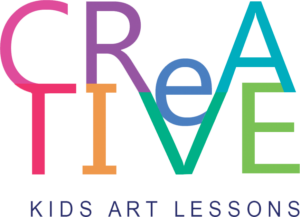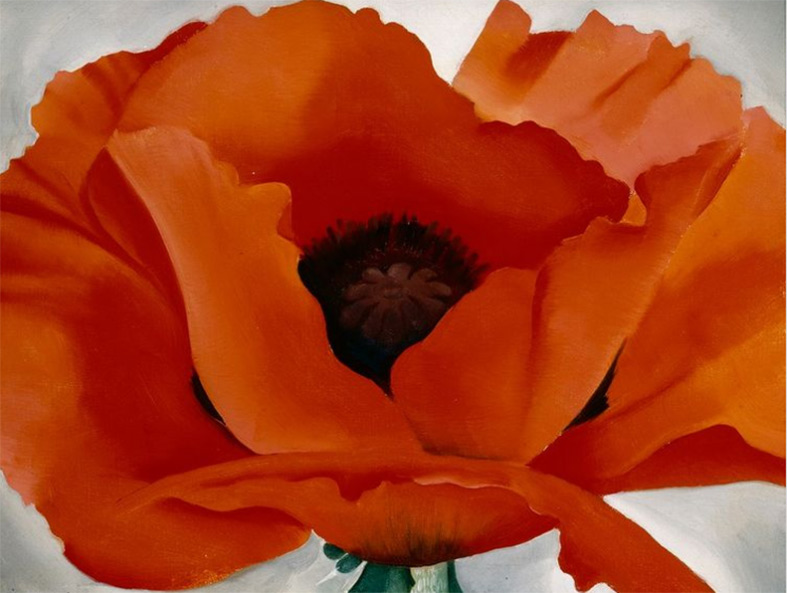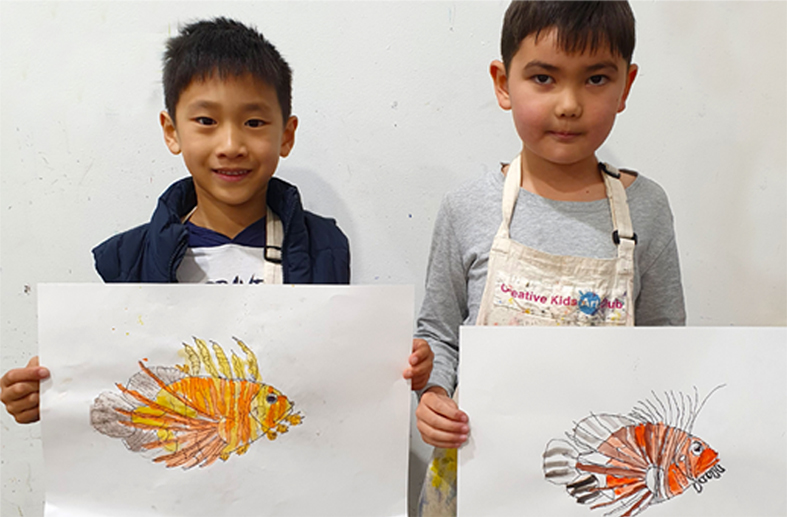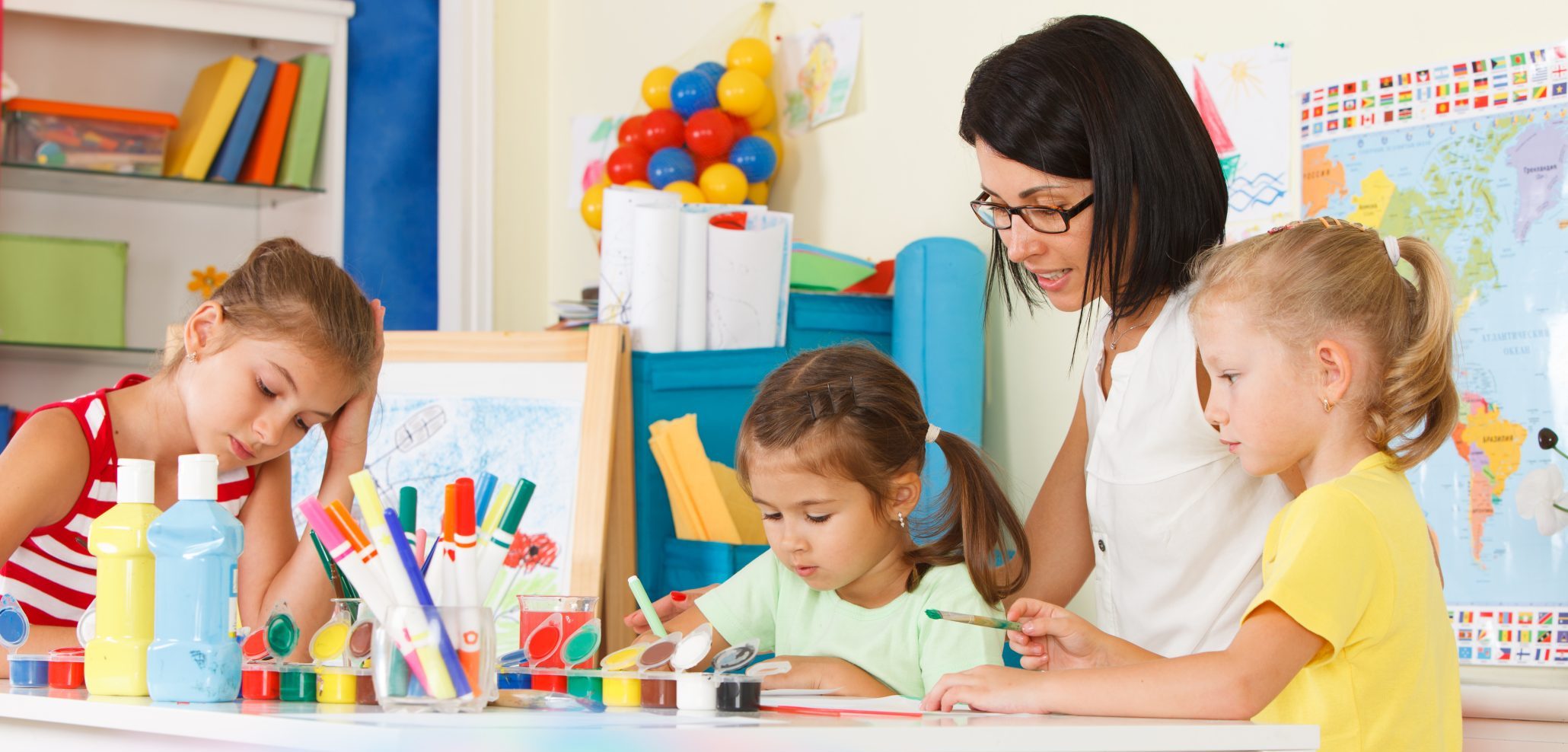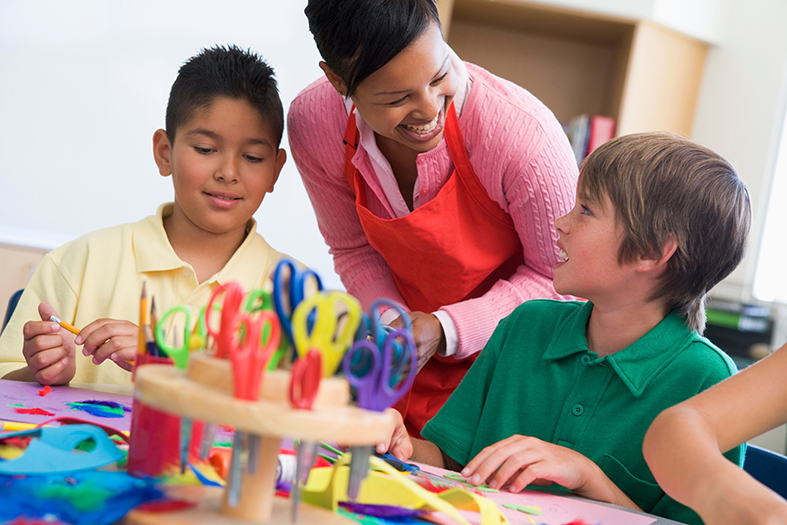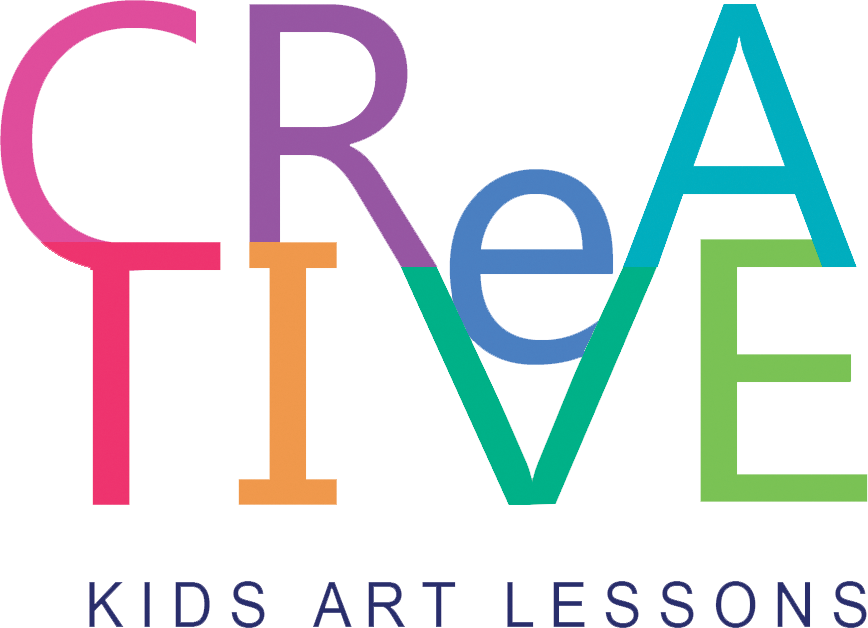Women Artists
Women in art throughout history have been under-represented. There are many and various reasons for this and our unit on Women Artists is here to help expose your students to their works.
It is important that students see a diverse range of perspectives and contributions in the field of art. It helps to challenge stereotypes and also promotes inclusivity, demonstrating that artistic talent is not limited to a specific gender.
Learning about women artists provides girls with role models who have succeeded in the arts, encouraging them to pursue their creative passions. Women have made significant contributions to the world of art throughout history and can serve as a source of inspiration for all your students.
Understanding the history of women artists contributes to a more accurate and complete portrayal of historical events and artistic movements. It helps students appreciate the challenges women artists may have faced in the past and how societal attitudes toward women in the arts have evolved.
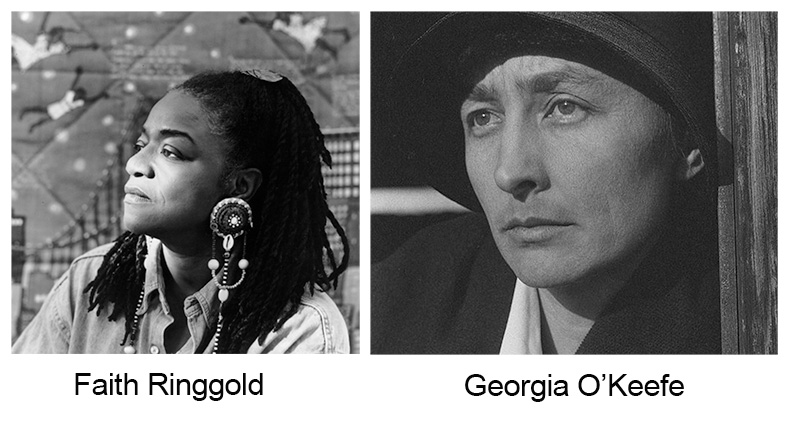
Why Incorporate Art by Women Artists
Incorporating women artists into the curriculum challenges traditional gender roles and stereotypes associated with artistic abilities as there are many well known male artists and far fewer famous female artists. It helps students recognize that talent and creativity are not confined by gender and that everyone has the potential for artistic expression.
Studying the works of women artists encourages critical thinking and analysis, fostering discussions about themes, styles, and artistic techniques. It teaches students to appreciate art for its intrinsic value rather than being influenced by the gender of the artist.
Women artists bring unique perspectives and themes to their work, contributing to a more diverse and rich cultural understanding. There subject matter is often centred around the home, family and the environment, as historically this was what they had access to. Contemporary women artists have much wider opportunities and embrace all fields of art.
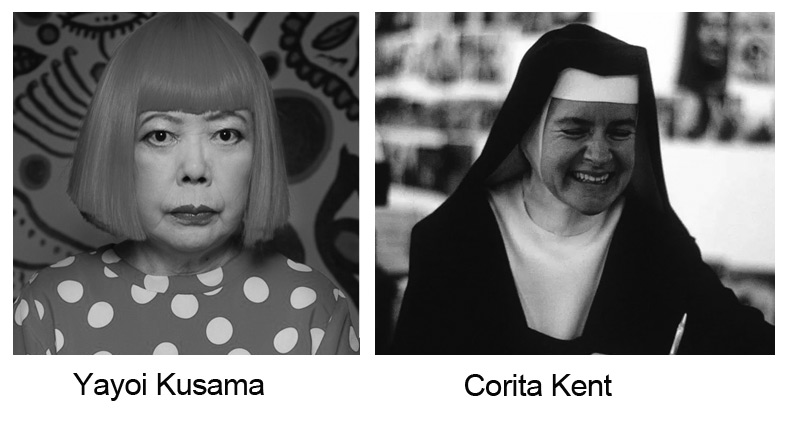
A Variety of Voices in Art Adds to Diversity
Exposure to a variety of artistic voices helps students appreciate the richness of human expression and creativity. Learning about the experiences of women artists can foster empathy and understanding, helping students develop a broader perspective on the challenges faced by different groups in society.
Incorporating the works of women artists into primary school education is essential for fostering a more inclusive, diverse, and equitable learning environment. It not only enriches students’ understanding of art history but also promotes gender equality and encourages creativity and expression for all.
If you’d like to know more, there are some interesting facts available at the National Museum of Women in the Arts.
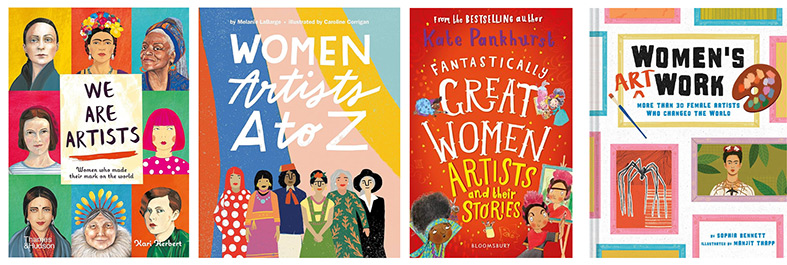
Reference Books on Women Artists
‘We Are Artists – Women who made their mark on the world’ by Kari Herbert
‘Women Artists A-Z’ by by Melanie LaBarge‘Fantastically Great Women Artists and Their Stories’ by Kate Pankhurst
‘Womens Artwork – More than 30 Female artists who changed the world’ by Sophia Bennet
Latest Articles
Popular kids art lessons for teachers and ideas for the artroom
Sometimes Engaging upper primary boys in art class can be […]
The M+E Art Curriculum – Me and Environment As educators, one of […]
The Art Room Budget Work out what your total yearly […]
